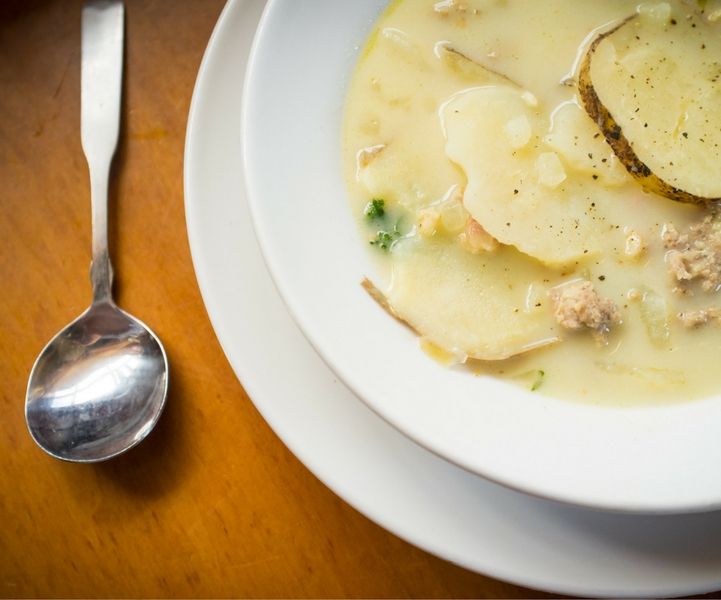Gluten Free Zuppa Toscana Recipe
9 minute read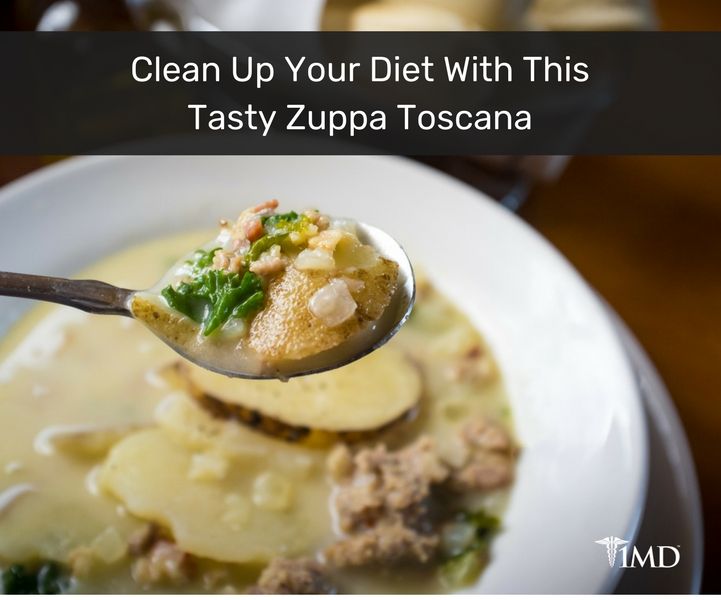
You may have heard friends talk about The Whole30 and wondered what it was. In 2009, Melissa and Douglas Hartwig came up with a program and authored a book that provides a 30-day reset for how and what you eat.
The idea behind this 30-day program is to eliminate sugar, dairy, grains, and legumes that may be impacting your health. By cutting these foods from your diet for 30 days, the Hartwigs say you can end cravings, change habits, restore your metabolism, heal your gut, thus, balancing your immune system.
This Zuppa Toscana recipe can be used while following The Whole30.
Why Do the Whole30?
The authors of The Whole30 say the program will help those who may experience low energy, unexplained aches and pains, difficulty losing weight, allergies, skin issues, fertility problems, and other ailments with symptoms that could be related to diet.
The Reset
The Whole30 is said to reboot your metabolism and give your body time to heal from irritants in the food that show up ordinarily on your plate. The authors say cutting out these foods may boost your fat-burning capability, reduce chronic inflammation, and just get you in the habit of focusing your diet on food that supports your health.

Potential Benefits
The authors of The Whole30 say that following the program for 30 days changes tastes, habits, and cravings, and even the emotional relationship you may have with food. In addition, avoiding these foods (and changing how you eat going forward), they say, provides numerous physical benefits, from weight and fat loss, a better body image, and improved sleep to better focus and improved athletic performance.
| Related: 14 Therapeutic Whole Foods To Kick Start Your Health |
People who have followed The Whole30 have shared improvements in the following:
♦ Hypertension
♦ High LDL cholesterol
♦ Type 1 and Type 2 diabetes
♦ Asthma and allergies
♦ Sinus infections
♦ Migraines
♦ GERD
♦ Joint pain
♦ Chronic fatigue
♦ Autoimmune diseases
♦ Digestive disorders like Crohn’s, Celiac, diverticulitis
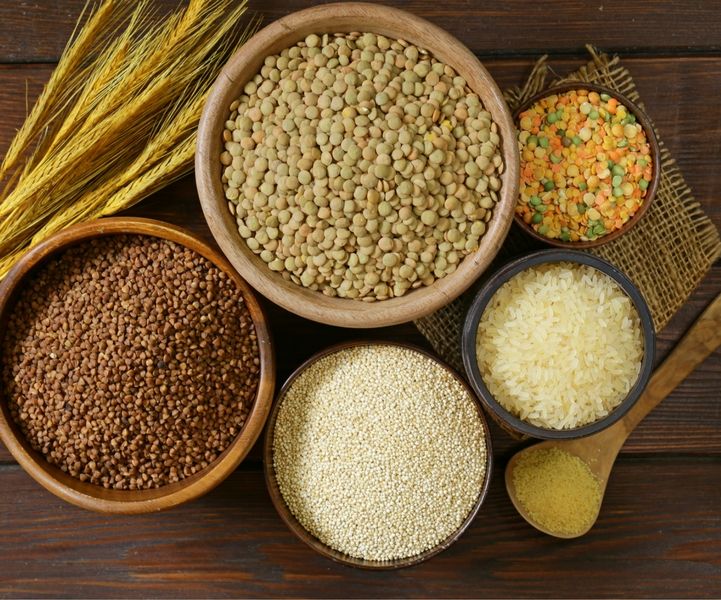
What Are the Rules?
1. No added sugar, real or artificial. That includes maple syrup, honey, agave nectar, coconut or date sugar, date syrup, stevia, artificial sweeteners. Check labels for added sugar.
2. No alcohol, even for cooking.
3. No grains. No wheat, rye, barley, oats, corn, rice, millet, bulgur, sorghum, sprouted grains, or pseudo-grains like quinoa, amaranth, buckwheat. No bran, germ, starch. Check labels.
| Related: The Pleasure Principle: Why We Love Sugar, Salt, and Fat |
4. No legumes. No beans of any kind, no peas, chickpeas, lentils, peanuts. No peanut butter, soy or any soy products (tofu, soy sauce, miso, tempeh, edamame, soy lechitin.
5. No dairy, cow, goat, or sheep’s milk. No cream cheese, cheese, kefir, yogurt, sour cream, ice cream, frozen yogurt.
6. No carrageenan, MSG, sulfites. Check labels.
7. No baked goods, junk foods, or treats with “approved ingredients".
8. No if’s, and’s or but’s and no excuses.
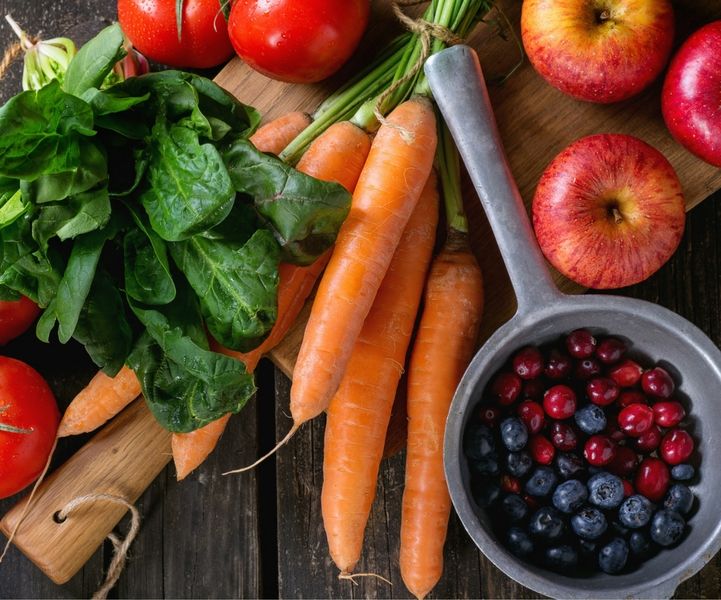
What You Can Eat
♦ Vegetables, including potatoes
♦ Fruits, in moderation
♦ Unprocessed meats
♦ Seafood
♦ Eggs
♦ Nuts and seeds
♦ Healthy oils and ghee
♦ Coffee
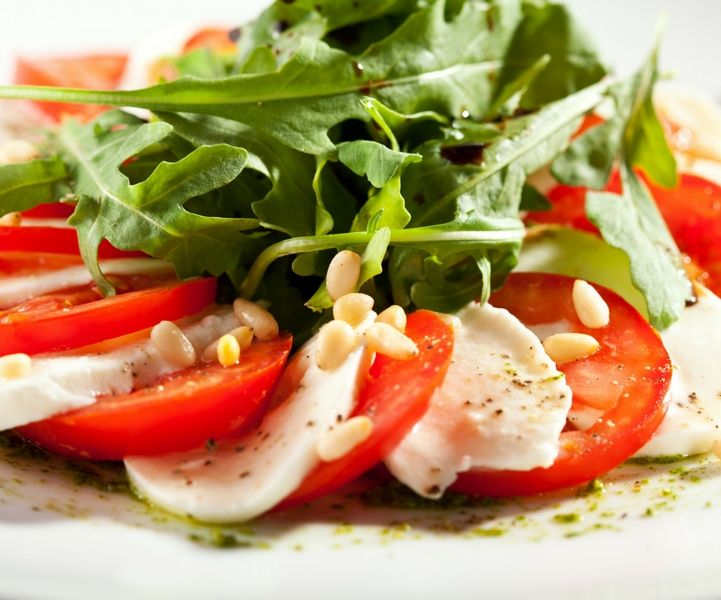
Reintroduction
After 30 days, you may reintroduce what you eliminated, as one would do during an elimination diet. You would add only one group at a time and not in combination with any other food groups. For example, no peanut butter on whole wheat bread.
You should avoid excessive sugar or processed foods and focus on whole foods. It isn’t mandatory to add back any of the foods if you don’t prefer to eat them. By adding back foods one at a time, you can be more in tune with how certain foods impact how you feel and avoid those foods in the future.
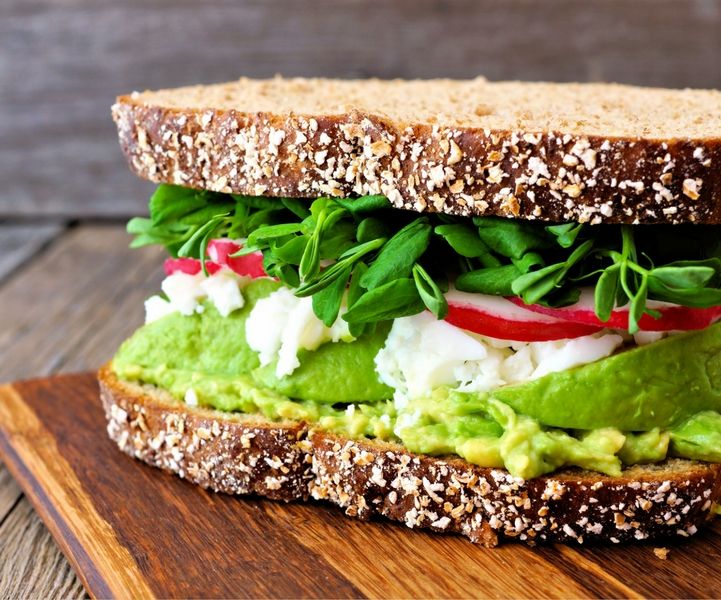
What’s The Bottom Line?
Changing your diet to avoid processed carbs and sugars can provide potential health benefits since both are drivers of inflammation in the body. This diet focuses on lean proteins, vegetables, some fruit, and healthy fat, cutting out fast or convenience foods. It's essentially a more restrictive, elimination version of The Paleo Diet™.
However, in the long-term, cutting out entire food groups such as dairy, legumes, even whole grains without a medical cause may lead to nutritional deficiencies. Fermented foods like unsweetened Greek yogurt, kefir, and tempeh provide health benefits.
Whole grains are a good source of B vitamins, minerals like magnesium and selenium, and fiber. Legumes contain antioxidants and plant-based protein, and vitamins such as B vitamins, zinc, calcium, and phosphorous.
In the short term, replacing processed and refined foods with whole foods is positive but a healthy diet can and should include a variety of whole, unprocessed foods.
Whether or not you decide to give The Whole30 a try, this gluten- and dairy-free Zuppa Toscana recipe has plenty of healthy ingredients and is a satisfying meal.
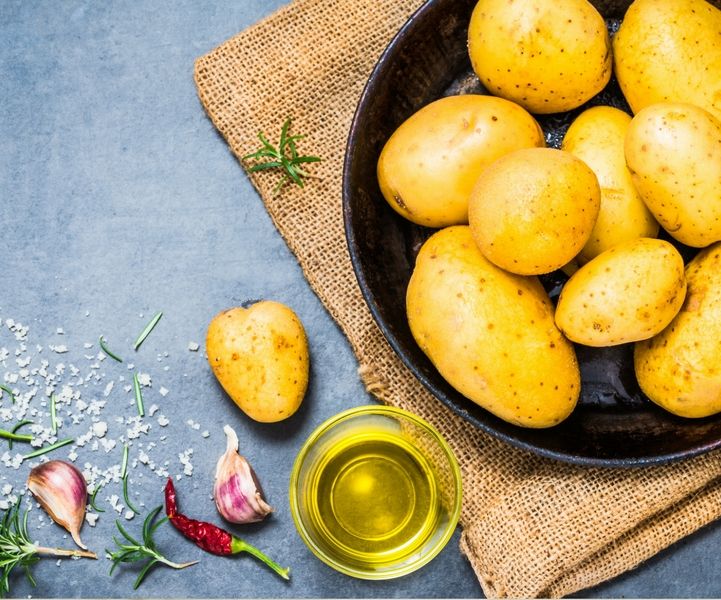
Gluten-Free Zuppa Toscana
Time: 50 minutes
Serves: 4
Ingredients
4 slices Whole30-compliant bacon, cut into about 1/2" pieces
1 pound Italian sausage
1/2 teaspoons crushed red pepper flakes
4 medium yellow potatoes, about 1 pound 3 ounces, diced into bite-sized pieces
1 medium white or yellow onion, diced
2 tablespoons garlic, minced, about 4 cloves
4 cups chicken stock
1/2 bunch kale, stems removed and leaves chopped, 4 cups
1 can coconut milk
Salt and pepper, to taste
Instructions
1. In a Dutch oven or heavy-bottomed medium pot over medium heat, add Italian sausage and sprinkle crushed red pepper flakes over. Use a spoon to break up the pieces. When browned and cooked through, drain and set aside.
2. Cook the bacon pieces in the same Dutch oven over medium heat until crisp, about 5-10 minutes. Remove the crisp bacon and set aside - don't get rid of the bacon fat! Stir in the onions and garlic; cook until onions are soft and translucent, about 5 minutes.
3. Pour the chicken broth into the Dutch oven with the onions and garlic, and bring to a boil over high heat. Add the potatoes, and boil until fork tender, about 10-20 minutes.
4. Reduce the heat to medium and stir in the coconut milk and the cooked sausage; heat through. Add the bacon and the kale into the soup just before serving and cook 'til the kale is bright green and softened. Add salt and pepper to taste.
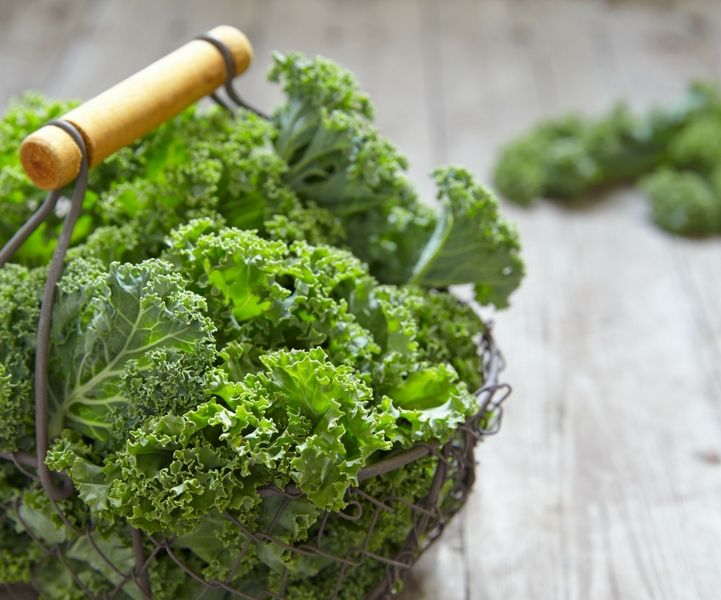
Healthy Ingredients
Potatoes
While potatoes have been maligned as empty calories, potatoes actually provide nutritional benefits. While not a high fiber food in and of itself, white potatoes contain some prebiotics, which feed healthy gut bacteria. Potatoes, especially eaten with the skin, are a decent source of potassium, vitamin C, folate, and vitamin B6.
Kale
This super-healthy green vegetable has been the darling of the nutritious food world and for good reason. Related to cruciferous vegetables, just one cup of kale contains 206% RDA of vitamin A from beta-carotene, 684% RDA for vitamin K, 134% of vitamin C, and 26% of the RDA for manganese.
Kale is also an excellent source of antioxidants like quercetin or kaempferol, as well as lutein and zeaxanthin, which may protect against age-related macular degeneration.
Coconut Milk
Coconut milk, popular in Thai and southeast Asian cuisines, is made from the flesh of the mature coconut, mixed with water. Full-fat coconut milk gets 93% of its calories from fats known as medium chain triglycerides. The fat in coconut milk may actually benefit weight loss and change in body composition, as well as metabolism.
The medium chain fatty acids in coconuts, in particular, lauric acid, have been associated with reducing infection-causing bacteria and viruses, including those in the mouth.
